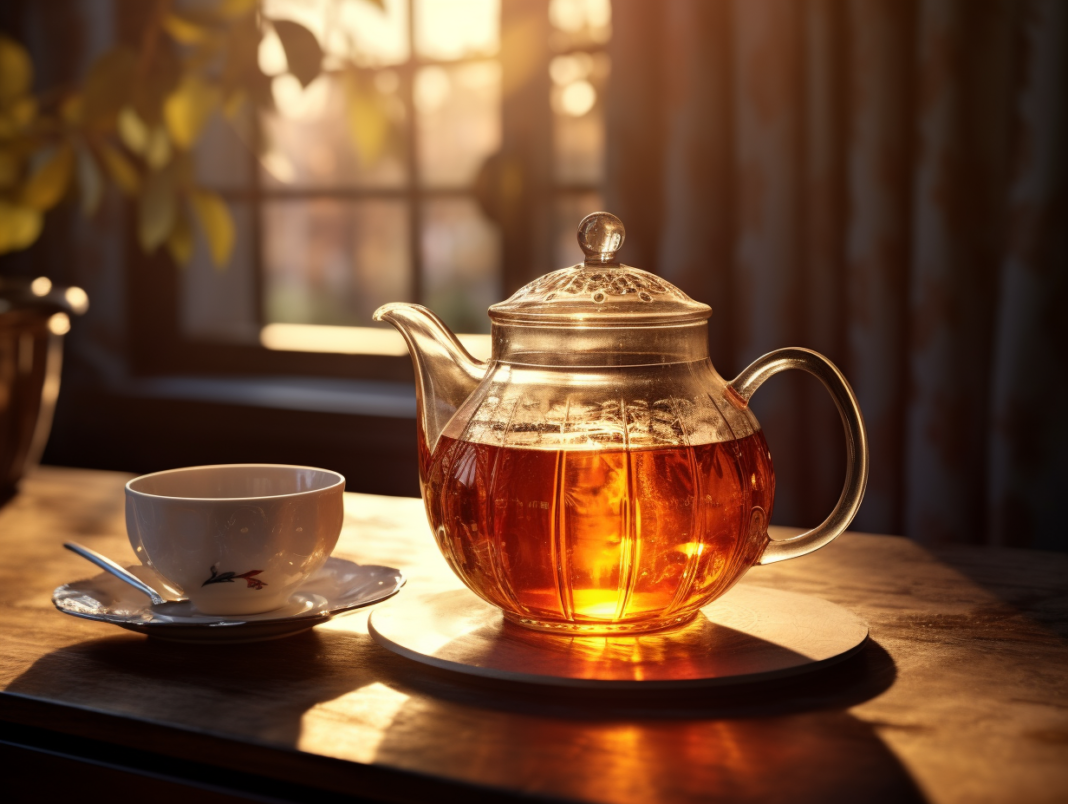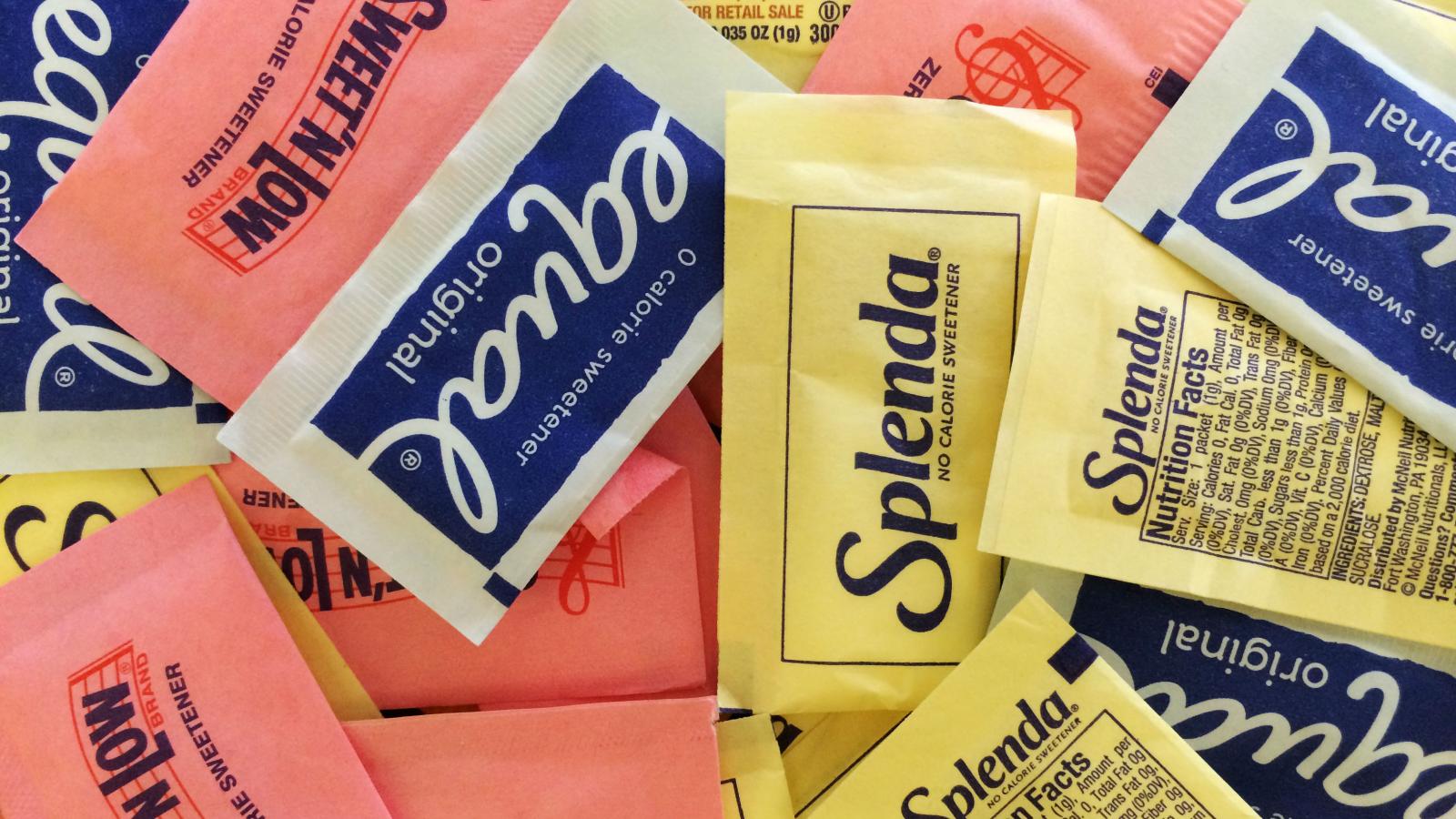Tea, with its myriad flavors, aromas, and rich cultural heritage, captivates the hearts and palates of people worldwide. From robust and bold black teas to delicate and fragrant green teas, each type offers a unique sensory experience. Join us on an enchanting journey as we delve into the fascinating world of tea, uncovering the distinctive characteristics and origins of various tea types.
- Black Tea: Black tea, known for its full-bodied and robust flavors, is a timeless classic cherished by tea lovers. Originating from regions like India, China, and Sri Lanka, black tea undergoes a complete oxidation process, resulting in its characteristic dark hue and rich taste. From the malty and bold Assam tea to the smooth and fragrant Darjeeling tea, black teas offer a diverse range of flavors to suit every preference.
- Green Tea: Green tea, celebrated for its delicate and refreshing nature, has been cherished for centuries in countries such as China and Japan. Unlike black tea, green tea undergoes minimal oxidation, preserving its vibrant green color and natural antioxidants. With variations ranging from grassy and vegetal Japanese sencha to the subtly sweet and nutty Chinese Longjing (Dragon Well), green teas offer a delightful balance of flavors and health benefits.
- Oolong Tea: Oolong tea, known for its complex and nuanced flavors, occupies a middle ground between green and black tea. With a partial oxidation process, oolong tea offers a diverse range of flavors, from floral and fruity to toasty and earthy. Taiwan and China are renowned for producing exceptional oolong teas, including the floral and creamy Tie Guan Yin and the rich and robust Wuyi Rock tea. The artful preparation and brewing of oolong tea elevate the tea-drinking experience to new heights.
- White Tea: White tea, the most delicate and minimally processed of all tea types, holds a place of prestige in the world of tea. Made from young tea buds and leaves, white tea undergoes minimal oxidation, allowing its natural flavors and delicate aromas to shine. With its subtle sweetness and floral notes, white tea offers a gentle and refined experience. Bai Hao Yin Zhen (Silver Needle) and Bai Mu Dan (White Peony) are popular examples of white tea varieties cherished for their exquisite taste.
- Herbal Tea: Herbal tea, often referred to as tisanes, encompasses a vast array of infusions made from herbs, flowers, fruits, and botanicals. Unlike traditional tea, herbal teas are not derived from the Camellia sinensis plant. Instead, they offer a caffeine-free alternative with a diverse range of flavors and potential health benefits. Chamomile for relaxation, peppermint for digestion, and hibiscus for a tangy infusion are just a few examples of the countless herbal tea options available.
Conclusion: The world of tea is a tapestry of flavors, cultures, and sensory experiences. From the bold and robust black teas to the delicate and nuanced white teas, each type offers its own distinctive charm. Green teas bring a refreshing vitality, while oolong teas offer complexity and depth. Herbal teas provide endless possibilities for caffeine-free enjoyment. So, immerse yourself in the delightful realm of tea, explore the diverse flavors and traditions, and embark on a lifelong journey of tea appreciation. With each sip, you’ll discover a world of flavors and an invitation to slow down, savor the moment, and embrace the simple pleasures of tea.























